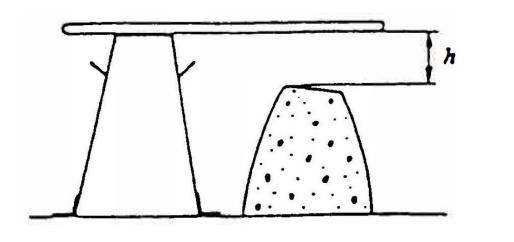| A |
A system (10) for calculating and reporting slump in a concrete delivery truck (12) having a concrete mixing drum (14) and hydraulic drive (16) for rotating the mixing drum, the system (10) comprising |
| B |
a rotational sensor (20) mounted to the mixing drum (14) and configured to sense a rotational speed of the mixing drum (14), |
| C1 |
a hydraulic sensor (22) coupled to the hydraulic drive and configured to sense a hydraulic pressure required to turn the mixing drum (14), |
| C2 |
and a processor (24) computing a slump value using the sensed hydraulic pressure required to turn the mixing drum from the hydraulic sensor (22), |
| characterized in that the processor (24) is operative to |
|
| D |
compare current pressure and speed measurements to previously stored pressure and speed measurements,
determine if the speed and pressure are stable,
erase the stored pressure and speed measurements if the speed and pressure are not stable,
store the current pressure and speed measurements, |
| E1 |
continue said steps (i) to (iv) until pressure and speed measurements have been stored for a full drum rotation |
| E2 |
and then calculate a current slump valve using the stored pressure and speed measurements |

